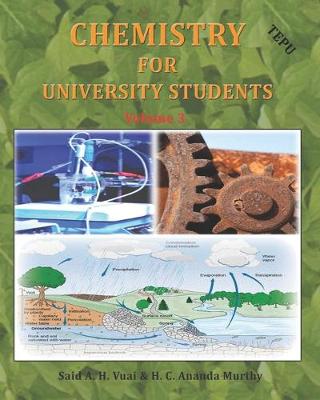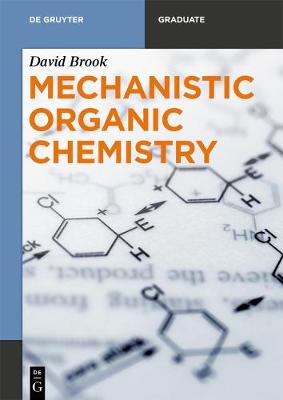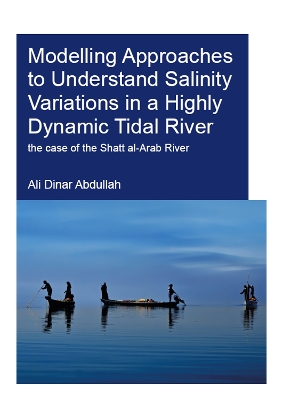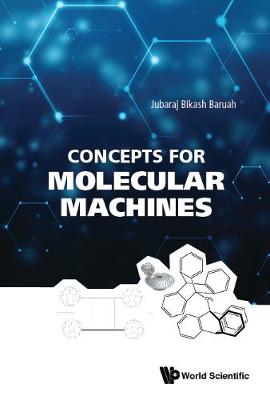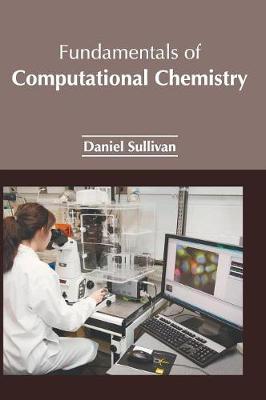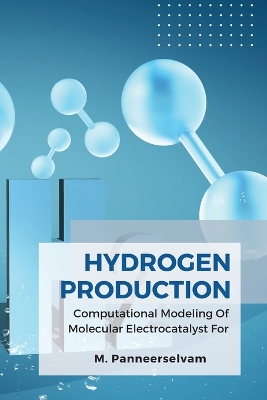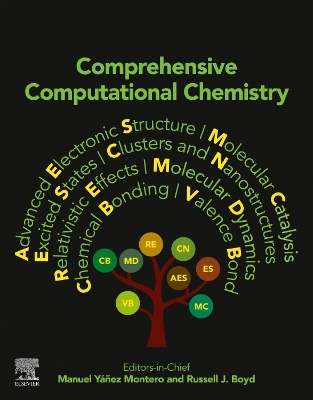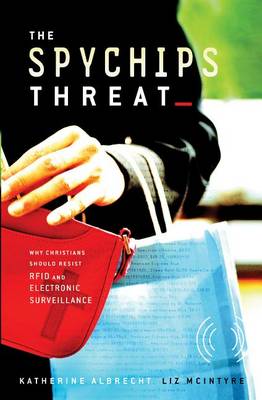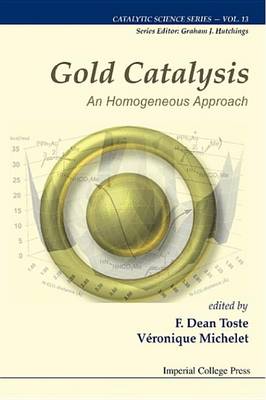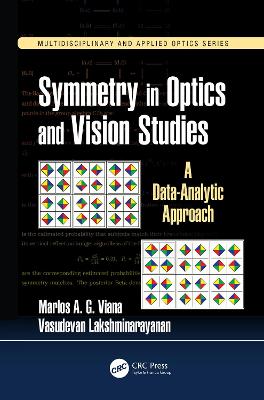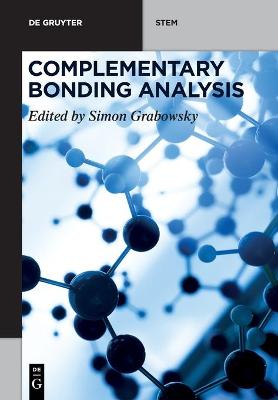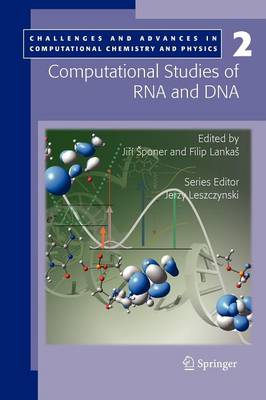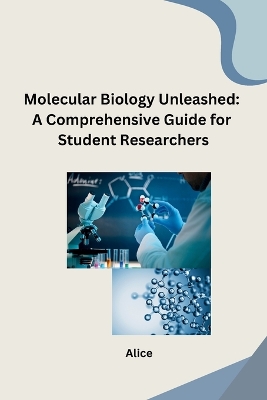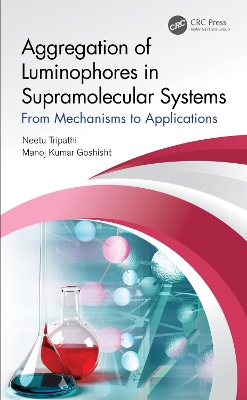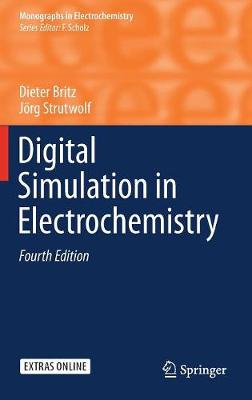Chemistry For University Students, Volume 3 (Volume, #3)
by H C Ananda Murthy and Said a H Vuai
In this textbook, the author teaches readers how to model and simulate a unit process operation through developing mathematical model equations, solving model equations manually, and comparing results with those simulated through software. It covers both lumped parameter systems and distributed parameter systems, as well as using MATLAB and Simulink to solve the system model equations for both. Simplified partial differential equations are solved using COMSOL, an effective tool to solve PDE, usi...
Vol. 2 of Chemoinformatics of Natural Products introduces the reader to the currently available tools for structure elucidation, drug property prediction, natural product databases, lead identification, metabolite biosynthesis, etc. Selected case studies are discussed.
Understanding of reaction mechanisms is very important for a chemist since it helps to plan and carry our reactions in a controlled manner. This textbook explains how to elucidate reaction mechanisms employing theoretical and instrumental methods and what practical knowledge they bring. The book covers a full spectrum of techniques, including spectroscopic studies, isotope effects, kinetics, trapping methods and computational approaches.
Quick Guideline for Computational Drug Design (Revised Edition)
by Sheikh Arslan, Sehgal, Rana Adnan Tahir, and Muhammad Waqas
This book reports the first systematic monitoring and modelling study on water availability, water quality and seawater intrusion of the Shatt al-Arab River (SAR) on the border of Iraq and Iran, where causes and concentration levels of salinity have not yet been fully understood, let alone addressed, leading to conflicting perceptions of its origin (external or internal), the natural conditions and the practices that can explain the current critical conditions. Current scientific knowledge on th...
Actions of living beings at any stage of life are of general interest; molecular machines can be a replica of such activities. Stimuli guided movements and shape changes of molecules are one of the rapidly developing areas on which fundamental principles of molecular machine banks. Thus, the understanding of intriguing concepts of molecular machines is essential. Miniaturization, efficiency, stability and robustness in performing activities are some of the important points associated with molecu...
Computational Modeling Of Molecular Electrocatalyst For Hydrogen Production
by M Panneerselvam
Comprehensive Computational Chemistry
Comprehensive Computational Chemistry, Four Volume Set consists of around 140 chapters covering the full spectrum of the field, including the fundamental basis of the theoretical methods used in a broad range of topics in chemistry, the development of algorithms and software packages, and a broad range of applications to topics in atmospheric chemistry, biochemistry, materials science and medicinal chemistry, and other areas in which computational chemistry is having an impact.
Symmetry in Optics and Vision Studies (Multidisciplinary and Applied Optics)
by Marlos A G Viana and Vasudevan Lakshminarayanan
This book presents an introduction to the foundations, interpretations, and data-analytic applications of symmetry studies with an emphasis on applications in optical sciences. Symmetry studies connect group theoretic and statistical methods for data summary and inference. Readers should have an understanding of calculus and linear algebra as well as introductory statistics. The book reviews finite group theory in the introductory chapters. Computational tools used in the text are available for...
Understanding Molecular Simulation (Computational Science)
by Daan Frenkel and Berend Smit
Computer simulation techniques have become almost essential in the study of the macro-molecular phenomena and phase behaviour on the molecular level. As these techniques become increasingly important, it is necessary to realize that they are useful tools, but are not the goals of research. With this distinction in mind, this work describes simulation techniques along with the physics behind the phenomena that these techniques simulate. Each chapter comprises three components - the general theore...
As chemical bonds are not observable, there are various theories and models for their description. This book presents a selection of conceptually very different and historically competing views on chemical bonding analysis from quantum chemistry and quantum crystallography. It not only explains the principles and theories behind the methods, but also provides practical examples of how to derive bonding descriptors with modern software and of how to interpret them.
Computational Studies of RNA and DNA includes, in an integrated way, modern computational studies of nucleic acids, ranging from advanced electronic structure quantum chemical calculations through explicit solvent molecular dynamics (MD) simulations up to mesoscopic modelling, with the main focus given to the MD field. It gives an equal emphasis to the leading methods and applications while successes, as well as pitfalls of the computational techniques are discussed. The systems and problems con...
Aggregation of Luminophores in Supramolecular Systems
by Neetu Tripathi and Manoj Kumar Goshisht
Supramolecular aggregation—driven by weak non-covalent interactions, such as van der Waals, π–π interactions, hydrogen bonding, and electrostatic—has been utilized to build sensing platforms with improved selectivity and sensitivity. Supramolecular aggregates, owing to cooperative interactions, higher sensitivity and selectivity, relatively weak and dynamic non-covalent interactions, and environmental adaptation, have achieved better sensing performance than that of molecular sensory systems tha...
Mathematical Modeling in Systems Biology (Mathematical Modeling in Systems Biology) (The MIT Press)
by Brian P. Ingalls
Systems techniques are integral to current research in molecular cell biology, and system-level investigations are often accompanied by mathematical models. These models serve as working hypotheses: they help us to understand and predict the behavior of complex systems. This book offers an introduction to mathematical concepts and techniques needed for the construction and interpretation of models in molecular systems biology. It is accessible to upper-level undergraduate or graduate students in...
Digital Simulation in Electrochemistry (Monographs in Electrochemistry) (Lecture Notes in Physics, v.666)
by Dieter Britz and Joerg Strutwolf
This book explains how the partial differential equations (pdes) in electroanalytical chemistry can be solved numerically. It guides the reader through the topic in a very didactic way, by first introducing and discussing the basic equations along with some model systems as test cases systematically. Then it outlines basic numerical approximations for derivatives and techniques for the numerical solution of ordinary differential equations. Finally, more complicated methods for approaching the pd...

